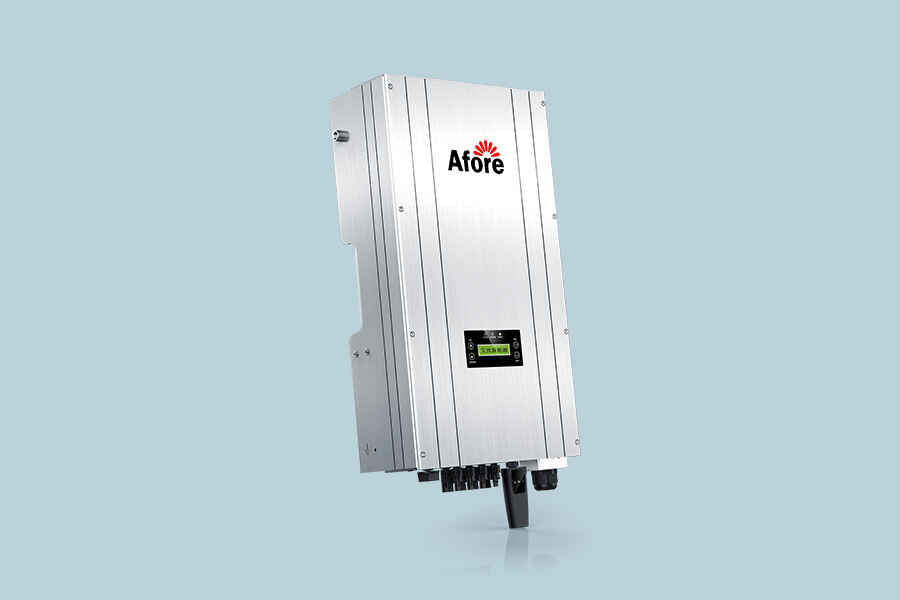
Photovoltaic power plants are now almost standard for every family! However, for families who have just installed PV power plants, what they can do is to listen carefully to the installers statements . As for some specific problems of the power station, they are often unacquainted. Afore edited 7 factors that can affect the power generation of PV modules. We hope it to be helpful those who are in the PV industry!
Photovoltaic power plants are now almost standard for every family! However, for families who have just installed PV power plants, what they can do is to listen carefully to the installers’ . For some specific problems of the power station, they are often incompetent. Known! Today, We edited a 7 factors that can affect the power generation of PV modules. I hope to help those who are in the PV industry!
We will take crystalline silicon module as an example. Combining with the application environment for analysis, we discuss the module defects due to its own long-term use ,the power attenuation and power generation reduction caused by the external environment. The factors affecting the output and attenuation of module are summarized.
1) Module quality
Due to factors such as cell cracking, black core, oxidation,and faulty soldering, as well as backboar material defects because of long-term use, the module is affected during long-term operation, resulting in low power generation of the module.
2) PID effect
Because module run outside in the long-term, the water vapor permeates into the interior of the module through the backboard, causing the EVA to hydrolyze. The acetic acid ions produce metal ions by precipitating in the glass, resulting in a high bias voltage between the internal circuit and the frame of the module, resulting in electrical degradation. The amount of power generation has dropped dramatically.
3) Module installation
From the total amount of solar radiation on the inclined surface and the principle of direct dispersion of solar radiation, the total amount of solar radiation Ht on the inclined surface is composed of the direct solar radiation amount Hbt ,sky scattering amount Hdt and the ground reflected radiation amount Hrt, namely: Ht = Hbt + Hdt + Hrt. In the same geographical location, due to the difference in the installation angle of the modules, the cumulative amount of absorption of sunlight is different, and the cumulative difference in the amount of radiation causes the difference in power generation.
4) Weather factor
The weather is also one of the factors that affect the power generation efficiency of the modules. In the rainy weather and thicker clouds, the intensity of sunlight is reduced, the solar light absorbed by the cell is less, and the power generation is reduced. The low-light response of single crystal is better than polycrystalline under low irradiation. In the case where the conversion efficiency of the solar cell module is constant, the amount of power generated by the photovoltaic system is determined by the radiation intensity of the sun. The amount of electricity generated by a photovoltaic power plant is directly related to the amount of solar radiation. The radiation intensity and spectral characteristics of the sun change with meteorological conditions.
5)Shadow occlusion
During the working process, due to the partial shadow of the shadow and the degree of dust settlement, the pollution of bird droppings will cause the “hot spot effect”. The occluded part will not provide power contribution and become energy-consuming load inside the modules, and cause modules partial overheat area which can cause the EVA to accelerate aging and yellowing, so that the transmittance of the region is lowered, thereby further deteriorating the hot spot, resulting in an increase in the failure of the solar cell module.
6) Temperature coefficient
The temperature coefficient of the crystalline silicon battery is generally -0.4% to -0.45% / ° C, and the single crystal temperature coefficient is smaller than polycrystalline. Changes in the ambient temperature and the heat generated by the components during operation cause the temperature of the modules to rise, which also causes the power generation of the modules to decrease.
7) Cleaning and maintenance
When the modules are in the field for a long time, dust and other debris will fall on the glass, and a large amount of dust or sand dust will settle for a long time, which will weaken the penetration of sunlight and cause the surface temperature of the modules to rise and affect the power generation efficiency of the modules. When the surface of the module is dusty, the difference between the power generation before cleaning and after cleaning is 5.7%. If the cleaning is not carried out for a long time, the difference in the amount of dirt generated in the surface of the module can reach more than 10%.
Summary:The above analysis is based on power generation of the modules from the modules themselves and external environmental factors. In addition to the factors mentioned above affecting the power generation efficiency and power generation, there are also modules in the working process due to the electrical system and other factors. Power attenuation, power generation reduction, etc. Many other factors can be solution and improvement of module power generation, such as follow-up process improvement, technology improvement, material development and more related research.
Source: PV on line School